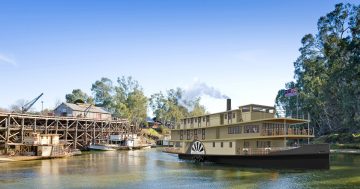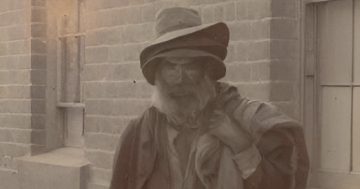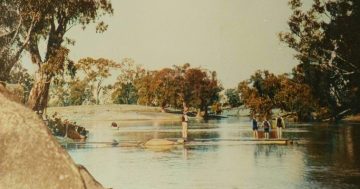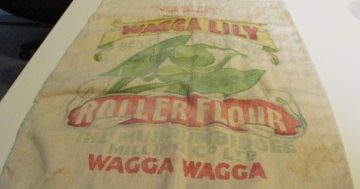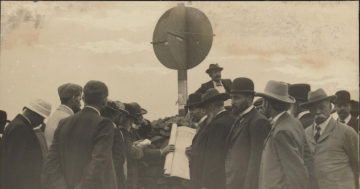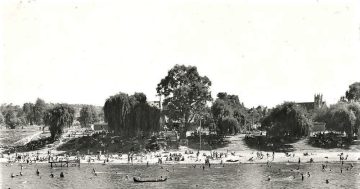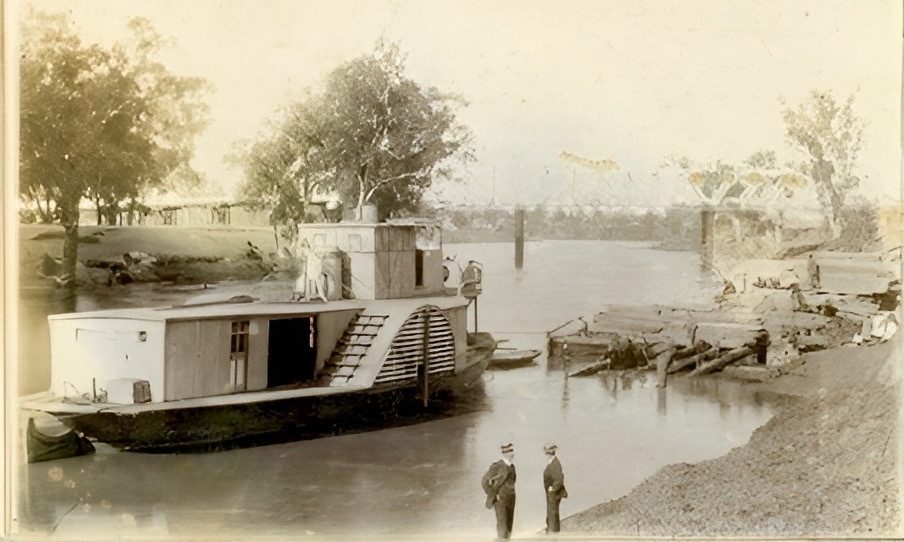
PS Wagga Wagga. Photo: Australian Maritime Museum Council.
In September of 1858 there was great excitement on the banks of the Murrumbidgee River at Narrandera and Wagga Wagga.
Large crowds from both towns had gathered as news had spread of the paddle steamer Albury making its way up the long, and often difficult to navigate waterway.
It was “a new sight to the Wagga Wagga people,” reported newspapers.
At Wagga, the Union Jack was hoisted above Mrs Brown’s punt, and local residents were given permission by Captain Cadell to ride a short stretch of the river, turning the skipper into an instant folk hero.
A dinner was held in Cadell’s honour, with the skipper announcing that his journey would continue to Gundagai. Cadell would expertly navigate the shallow stretch of the Murrumbidgee to reach the town on 16 September 1858.
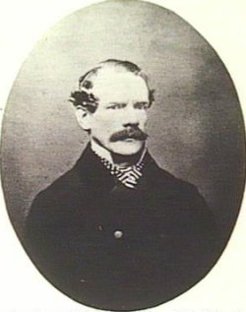
Captain Francis Cadell. Photo: State Library of SA.
The flat-bottomed Platypus would dock at Gundagai in August of 1879, but due to the vagaries of the Murrumbidgee, many attempts to reach Gundagai would fail.
In 1859, and now skippered by a Captain Johnstone, the Albury would run aground downstream of Gundagai. The crew were forced to unload its cargo of a sawmill and crushing machine destined for Adelong in order to re-float and return to Wagga.
Steamers had plied the waters of the Murrumbidgee prior to the Albury; the Mosquito had serviced Balranald in 1857, while the Gemini had made its way up to Lang’s Crossing (present-day Hay) a short time after, but the Albury was the first steamer to venture as far up river as Wagga and Gundagai.
Preparations for this journey had been extensive and costly, with men employed along the river to cut timber at 7s a ton. Wood was preferred over coal by the captains, not only for its proximity to the river, but because of its reported qualities of raising steam quicker than coal.
Beacons were also erected along the Murrumbidgee to serve as markers for what would be a growing number of steamers carrying high-demand goods.
Reports of shortages in certain goods during 1863 highlighted the need for reliable cartage services, but the journey of a Murrumbidgee steamer was heavily dependent on high water levels, which usually came from winter rains and the snowmelt.
The anticipation for the arrival of such a vessel would be hard to imagine for modern-day consumers.
In 2024, ordering online can see items dispatched and delivered within days, but for a 19th-century resident or business owner the arrival of a steamer meant not only the obtaining of staple items such as flour, tea and sugar, but the hope of luxury items.
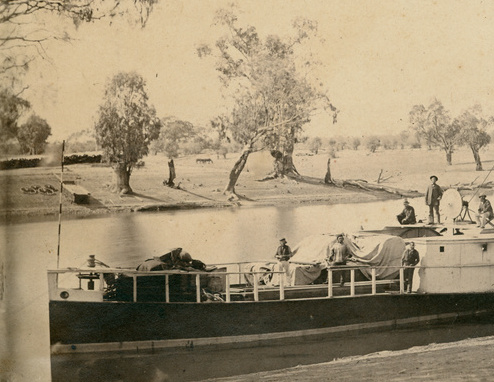
PS Albury. Photo: State Library of South Australia.
Books, glass, wines, furniture, cedar palings, saddlery and galvanised iron were available, but sparingly and at a high cost, with overland cartage from Sydney being extremely expensive.
In the late 1850s it was reportedly 80 percent cheaper to obtain goods from South Australia via a steamer, than overland from the east coast. The railway would not reach Harden until March of 1877, extending to Cootamundra in November of that year, and Wagga in 1879.
The steamer voyages were not welcomed by all, and what had been greeted with excitement in 1858 soon turned to frustration for some sectors of the Wagga community.
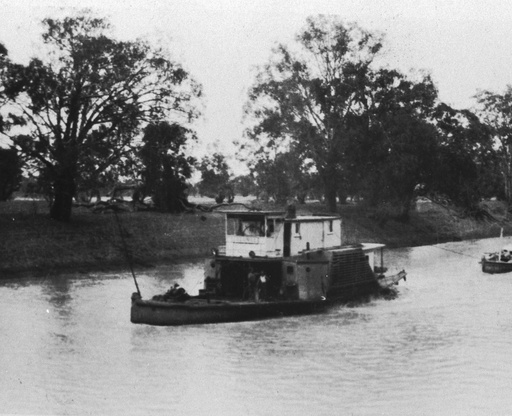
PS Colonel on the Murray River. Photo: State Library of South Australia.
After the second journey of the Albury to Wagga, local business owners noticed that the large stations they supplied along the Murrumbidgee had now become the customers of the steamers and their captains, greatly affecting their trade.
Despite this, and river levels permitting, the number of steamer voyages increased, and while trade was good, it could always be better, with some skippers allegedly spiking their profit margins by neglecting a government licence here and there.
In September of 1870 the Providence arrived in Wagga with a large assortment of goods, including ale, porter and other exotic fermented liquor. The boat was quickly seized and the goods were impounded on the allegations that the captain was trading without several licences.
The life of a deckhand was also not without its dangers, and this was brought home to Riverina residents in 1878 when the steamer Hero docked at Wagga.
At Buckinbong, near Narrandera, John Newry had been cleaning lamps when he fell overboard, and under the blades of the paddle wheel. William Carlion leapt into the water in an attempt to save his workmate, but with a strong current and the Hero sailing at eight miles per hour, Newry drowned.
Steamers were not only used for cargo in the early days. Prior to the huge influence of the railway, many travellers preferred the journey by river over the rough and rugged mail coach.
The PS Wagga Wagga would make many trips along the Murrumbidgee in the late 1870s and again in the early 20th century.







